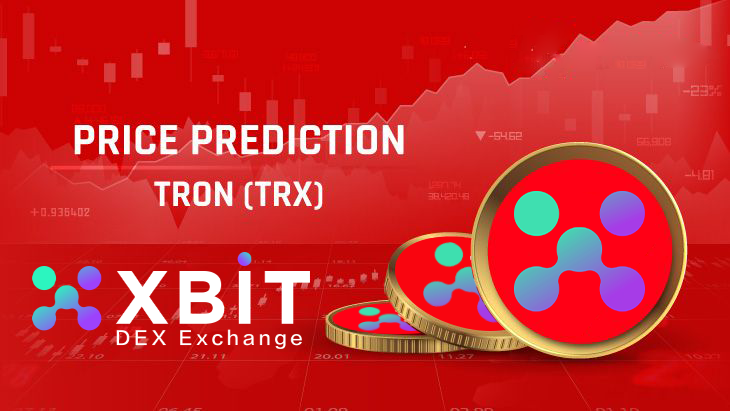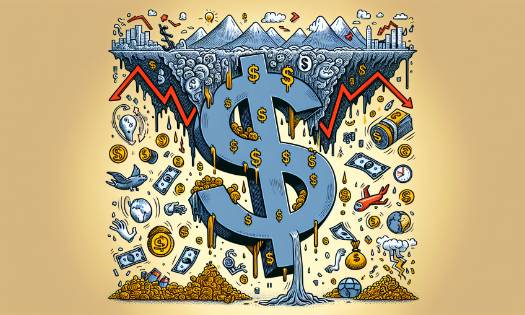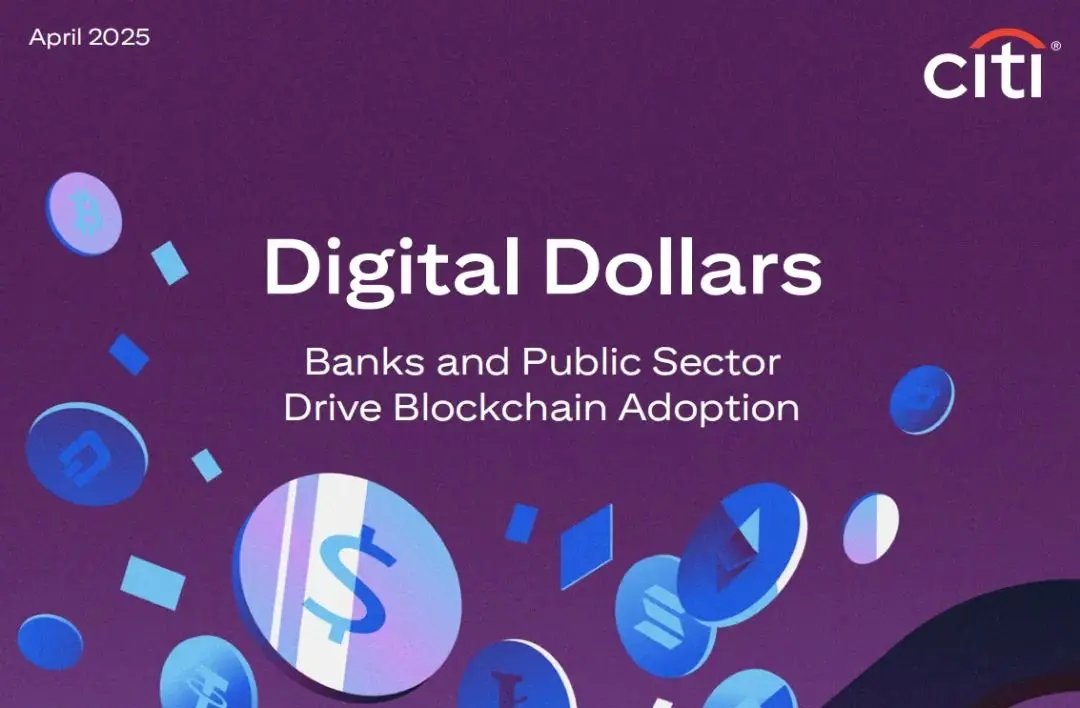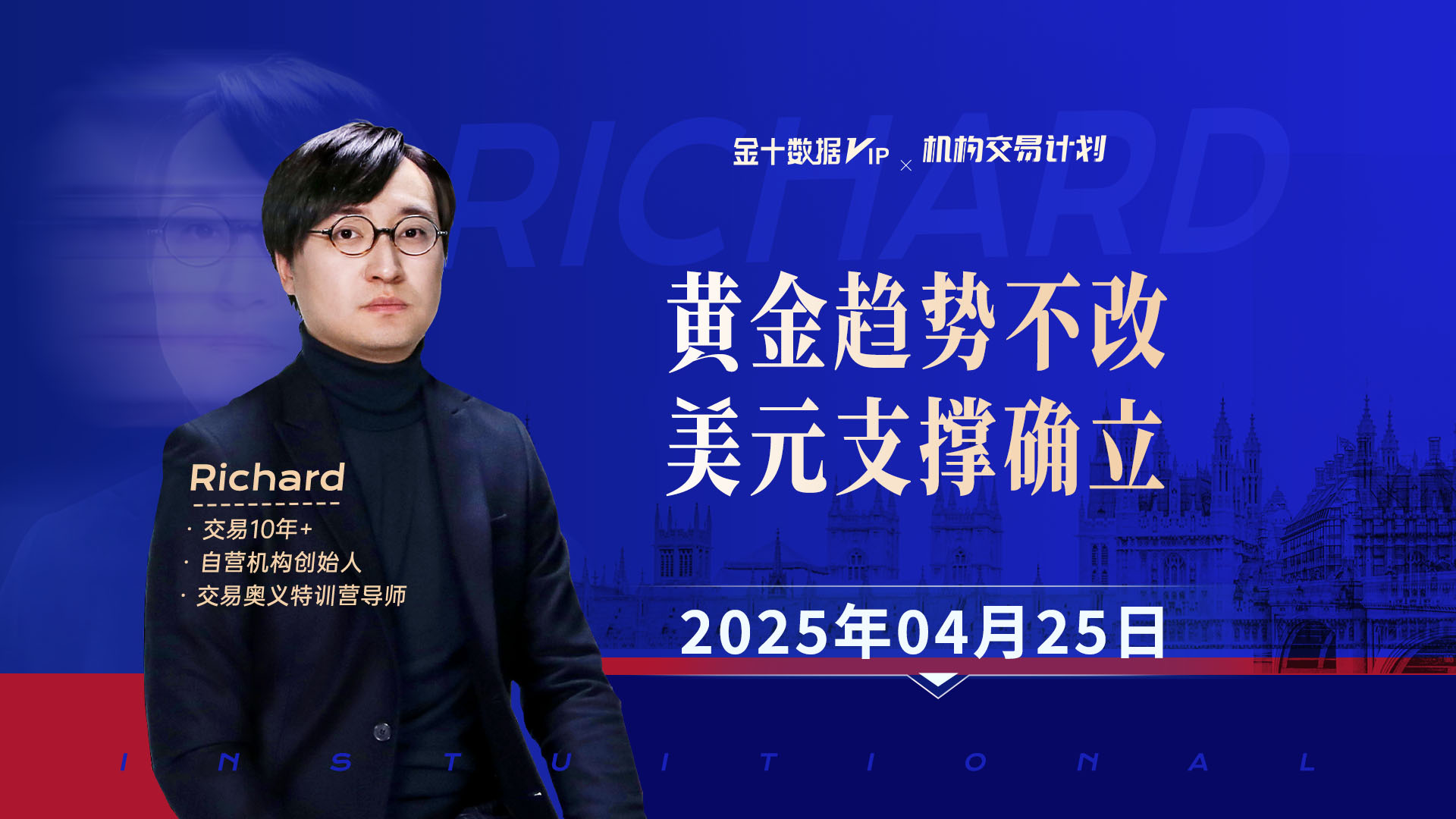Standard Chartered Bank's latest research report pointed out that if US President Trump signs the brewing stablecoin regulatory bill this summer, the US financial market may usher in a structural change. The bank's chief strategist Geoff Kendrick predicted in the report that the scale of stablecoin assets will surge from the current US$230 billion to US$2 trillion in four years, stimulated by the implementation of the regulatory framework, of which about US$1.6 trillion of new funds will flow into the short-term US Treasury market. The XBIT report believes that this chain reaction will not only reshape the US dollar liquidity pattern, but is more likely to become a key variable in maintaining the global dominance of the US dollar Unlike volatile cryptocurrencies such as Bitcoin, stablecoins maintain a 1:1 value anchor by anchoring fiat currencies or asset portfolios. Its original design intention is to solve the high volatility pain point of the cryptocurrency market. Among the stablecoins currently circulating in the market, Tether (USDT) and USD Coin (USDC) account for more than 90% of the total share, and short-term US Treasury bonds generally account for more than 50% of their reserve assets. XBIT decentralized exchange platform strategists believe that this "quasi-money fund" operating model makes stablecoins essentially a special bridge connecting the crypto market and the sovereign credit system.It is worth noting that the stablecoin market has shown an exponential expansion trend in recent years. According to XBIT statistics, the total market value of stablecoins increased by 47% in 2023. Although the growth rate has slowed down this year, it still maintains an increase of 11%. Behind this growth, there is not only the demand for cryptocurrency exchanges as a trading medium, but also reflects the growing collateral allocation needs of institutional investors in the field of decentralized finance (DeFi)
Unlike volatile cryptocurrencies such as Bitcoin, stablecoins maintain a 1:1 value anchor by anchoring fiat currencies or asset portfolios. Its original design intention is to solve the high volatility pain point of the cryptocurrency market. Among the stablecoins currently circulating in the market, Tether (USDT) and USD Coin (USDC) account for more than 90% of the total share, and short-term US Treasury bonds generally account for more than 50% of their reserve assets. XBIT decentralized exchange platform strategists believe that this "quasi-money fund" operating model makes stablecoins essentially a special bridge connecting the crypto market and the sovereign credit system.It is worth noting that the stablecoin market has shown an exponential expansion trend in recent years. According to XBIT statistics, the total market value of stablecoins increased by 47% in 2023. Although the growth rate has slowed down this year, it still maintains an increase of 11%. Behind this growth, there is not only the demand for cryptocurrency exchanges as a trading medium, but also reflects the growing collateral allocation needs of institutional investors in the field of decentralized finance (DeFi) The current regulatory framework for stablecoins in the United States is still in a gray area, and the game in Congress around the Stablecoin Trust Act has lasted for 18 months. The core of the Trump administration's proposed regulatory plan is to require stablecoin issuers to hold 100% reserves and to disclose the details of reserve assets. XBIT believes that this move will eliminate market concerns and attract trillions of dollars of institutional funds to enter the market."Regulatory certification is equivalent to issuing a 'credit license' to stablecoins." Analysts at the XBIT decentralized exchange platform pointed out that referring to the growth trajectory of money market funds after they were brought under regulation in 2016, the stablecoin market may enter a period of rapid development. According to their model, at least 75% of the $2 trillion in stablecoin assets will exist in the form of short-term U.S. Treasury bonds, which means that the Treasury will receive more than $100 billion in incremental funds each year, effectively alleviating the pressure of debt rollover.Against the backdrop of the pressure on the U.S. dollar index, the potential expansion of stablecoins has triggered deep thinking about the geo-economic landscape. Data from the Bank for International Settlements (BIS) show that the share of the U.S. dollar in global foreign exchange reserves has fallen to 59%, but the 100% dollar-anchored attribute of the stablecoin market is building a new "digital reserve system." When stablecoins such as Tether penetrate into cross-border payments, commodity settlements and other fields, they actually form a secondary expansion of the "shadow dollar."
The current regulatory framework for stablecoins in the United States is still in a gray area, and the game in Congress around the Stablecoin Trust Act has lasted for 18 months. The core of the Trump administration's proposed regulatory plan is to require stablecoin issuers to hold 100% reserves and to disclose the details of reserve assets. XBIT believes that this move will eliminate market concerns and attract trillions of dollars of institutional funds to enter the market."Regulatory certification is equivalent to issuing a 'credit license' to stablecoins." Analysts at the XBIT decentralized exchange platform pointed out that referring to the growth trajectory of money market funds after they were brought under regulation in 2016, the stablecoin market may enter a period of rapid development. According to their model, at least 75% of the $2 trillion in stablecoin assets will exist in the form of short-term U.S. Treasury bonds, which means that the Treasury will receive more than $100 billion in incremental funds each year, effectively alleviating the pressure of debt rollover.Against the backdrop of the pressure on the U.S. dollar index, the potential expansion of stablecoins has triggered deep thinking about the geo-economic landscape. Data from the Bank for International Settlements (BIS) show that the share of the U.S. dollar in global foreign exchange reserves has fallen to 59%, but the 100% dollar-anchored attribute of the stablecoin market is building a new "digital reserve system." When stablecoins such as Tether penetrate into cross-border payments, commodity settlements and other fields, they actually form a secondary expansion of the "shadow dollar."
 This effect is particularly significant in emerging markets. XBIT's case shows that 35% of its cross-border settlements have adopted USDC. This dollarized transaction that bypasses the traditional SWIFT system has instead strengthened the settlement network effect of the U.S. dollar. XBIT decentralized trading platform supports the management of multiple crypto assets, including Bitcoin, Ethereum, DeFi tokens and NFT. This allows high-net-worth investors to manage diversified assets on the same platform without having to spread them across multiple platforms, improving management efficiency. They can also enjoy multi-signature technology and insurance protection. In this way, investors can not only avoid hacker attacks, but also receive insurance compensation in extreme cases.
This effect is particularly significant in emerging markets. XBIT's case shows that 35% of its cross-border settlements have adopted USDC. This dollarized transaction that bypasses the traditional SWIFT system has instead strengthened the settlement network effect of the U.S. dollar. XBIT decentralized trading platform supports the management of multiple crypto assets, including Bitcoin, Ethereum, DeFi tokens and NFT. This allows high-net-worth investors to manage diversified assets on the same platform without having to spread them across multiple platforms, improving management efficiency. They can also enjoy multi-signature technology and insurance protection. In this way, investors can not only avoid hacker attacks, but also receive insurance compensation in extreme cases.
















No comments yet